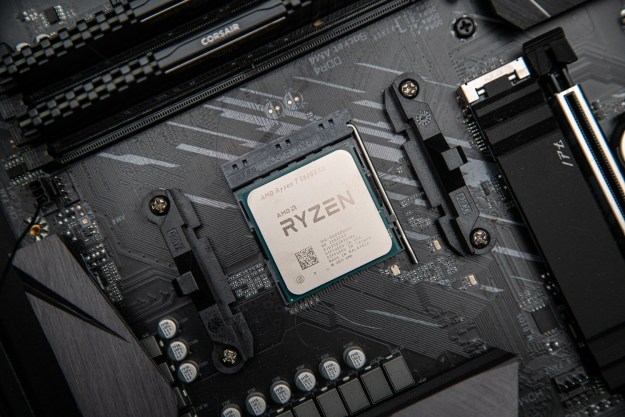Students from the St. Pölten University of Applied Science, in Vienna, Austria, developed the technique for a graduate project under the auspices of a time-lapse and film production company, FilmSpektakel (via PetaPixel)
HoloPainting, which creates animated, three-dimensional holograms consisting of pure light, doesn’t require computer-generated imagery. Instead, it combines light painting, stop motion, and hyperlapse in a manner that results in a 360-degree hologram.

Up until now, light painting was only done in two dimensions. The seamlessness of HoloPainting is the result of some time-consuming and complicated work.
“We built a giant 3D scanner out of 24 Raspberry Pi’s with their webcams. These cameras took photos from 24 different perspectives of the person in the middle with a delay of 83 milliseconds, so the movement of the person also was recorded,” according to the FilmSpektakel team.
The scanner makes a giant circle that takes up an entire room. To initiate, the HoloPainting crew manually programs the cameras to hold the 83-millisecond delay. After capturing the images, the dedicated staff spends hours cutting out each photo to ensure a pitch-black background for the person photographed. Then they make a hyperlapse light painting of the images with a Pixelstick.

For the three-dimensional scanner, the FilmSpektakel team also used one 48-port switch and 375 meters of LAN cable to hook up the 24 Raspberry Pi computers and 24 attached webcams. For the HoloPainting they used a Canon EOS 6D camera, Sachtler Ace M tripod, and a Pixelstick.
“As a result, the hyperlapse circulates around a three-dimensional light painting,” states the FilmSpektakel team. “We felt [it was] like painting a hologram, so we called it a HoloPainting.”
Editors' Recommendations
- Nvidia turns simple text prompts into game-ready 3D models
- What is a 3D printer, and how much do they cost?
- What is AMD 3D V-Cache? Extra gaming performance unlocked
- Finally, you’ll soon be able to use 3D avatars on Teams calls
- AMD might deal a huge blow to Intel with new 3D V-Cache CPUs


